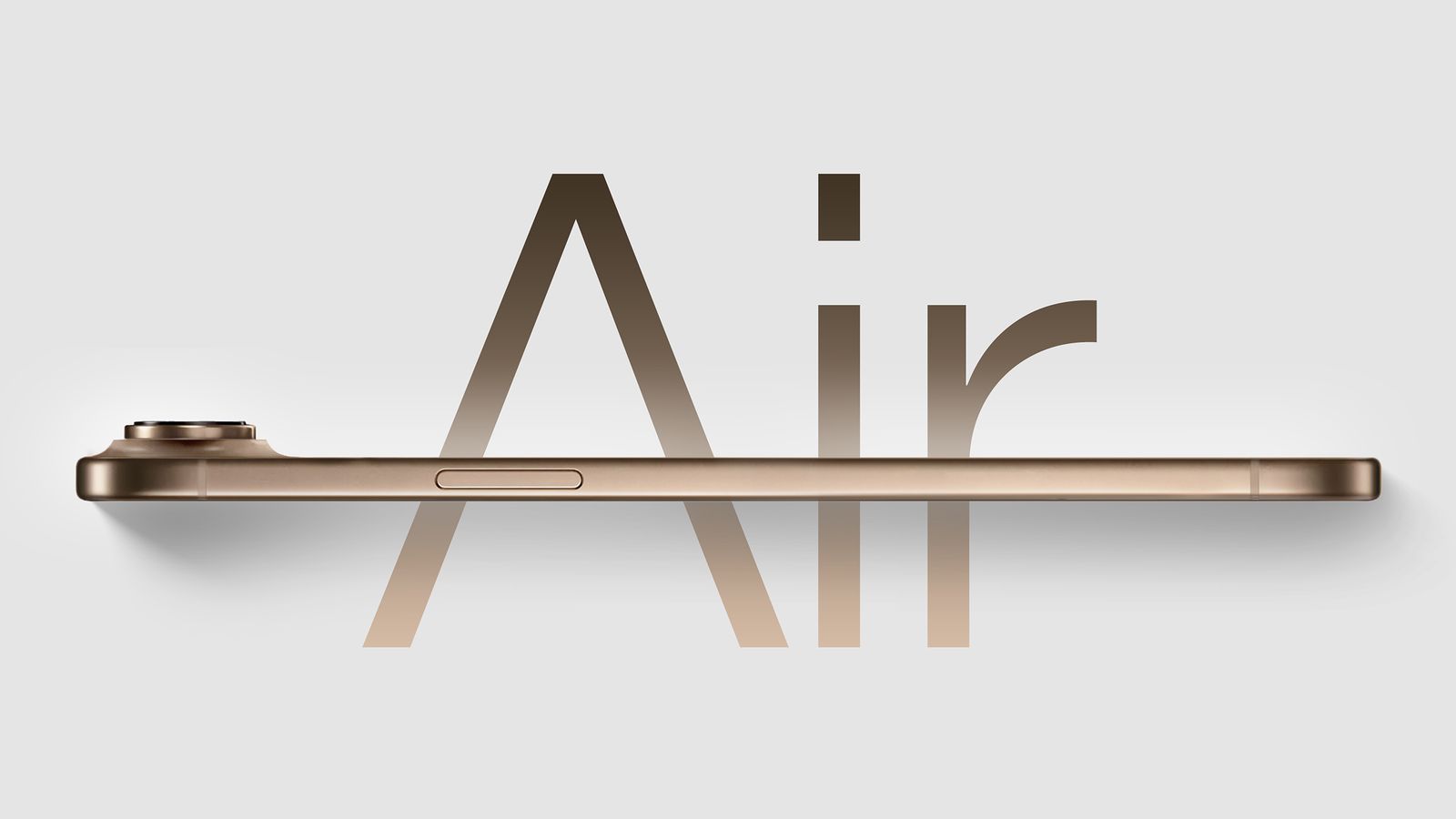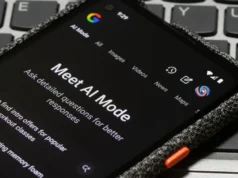Apple’s upcoming iPhone 17 lineup, set to be unveiled on September 9, 2025, at the “Awe Dropping” event in Cupertino, is generating significant buzz, particularly around the ultra-thin iPhone 17 Air. One of the most anticipated developments is the expansion of a key U.S.-exclusive feature—eSIM-only cellular connectivity—to more countries. This move, which Apple initiated in the U.S. with the iPhone 14 series in 2022, is now poised to go global, with the iPhone 17 Air leading the charge. Below, we explore why this shift is significant, how it aligns with Apple’s vision, and what it means for users worldwide.
The Rise of eSIM-Only iPhones in the U.S.
Since the iPhone 14, Apple has eliminated physical SIM card trays in all iPhone models sold in the United States, relying entirely on eSIM technology for cellular connectivity. eSIMs, or embedded SIMs, are digital SIM cards integrated into the device, allowing users to activate cellular plans without inserting a physical card. Apple has promoted eSIMs as a more secure and practical alternative to physical SIMs, noting that they cannot be removed from a lost or stolen device and can manage up to eight cellular plans simultaneously, which is particularly convenient for travelers.
This transition has been exclusive to the U.S. market, where carrier support for eSIM technology is widespread. In contrast, most other countries, including major markets like China, have continued to rely on physical SIM trays, with some regions like China even supporting dual physical SIMs. However, with the iPhone 17 series, particularly the iPhone 17 Air, Apple is expected to extend eSIM-only designs to additional countries, marking a significant shift in its global strategy.
Why the iPhone 17 Air Is Primed for eSIM-Only Expansion
The iPhone 17 Air, rumored to be Apple’s thinnest iPhone ever at just 5.5mm thick, is a key driver behind this expansion. Its ultra-slim design leaves little room for a physical SIM tray, making eSIM-only connectivity a necessity. Reports from industry insiders, including analyst Ming-Chi Kuo and The Information, indicate that the iPhone 17 Air’s prototypes lack a SIM card slot entirely, suggesting that this model will rely solely on eSIM across all markets where it is sold.
Beyond the Air model, Apple appears to be preparing to phase out physical SIM trays in other iPhone 17 variants in select countries. Training materials available through Apple’s SEED app for employees at Apple Stores and Authorized Resellers worldwide, particularly in the EU, indicate that retail staff are being trained to support eSIM-only iPhones by September 5, 2025. This suggests a broader rollout of eSIM-only models beyond the U.S., potentially including major European markets and others with robust eSIM infrastructure.
Benefits of eSIM-Only Connectivity
The shift to eSIM-only iPhones offers several advantages for users:
-
Enhanced Security: eSIMs are embedded in the device, making them impossible to remove, which adds a layer of security if the phone is lost or stolen.
-
Flexibility for Travelers: With support for up to eight eSIM profiles, users can easily switch between carriers or plans when traveling abroad, eliminating the need to swap physical SIMs.
-
Space-Saving Design: Removing the SIM tray frees up internal space, allowing Apple to optimize the iPhone 17 Air’s ultra-thin design or allocate room for other components, such as a larger battery or advanced cooling systems.
-
Streamlined Manufacturing: A unified eSIM-only design across more markets simplifies Apple’s production process, reducing the need for region-specific hardware variants.
Apple has also made it easier for users to check eSIM compatibility, providing a comprehensive guide listing carriers worldwide that support the technology.
Challenges and Regional Considerations
Despite the advantages, the transition to eSIM-only iPhones faces challenges, particularly in markets like China, where eSIM technology has not been approved for smartphones. China, a significant market for Apple, has seen iPhone sales drop by 10-12%, and the lack of eSIM approval could limit the iPhone 17 Air’s availability or require Apple to offer a physical SIM variant specifically for that region.
Additionally, some users value the flexibility of physical SIM cards, especially for quickly switching between devices or using prepaid SIMs in regions with limited eSIM support. In countries where eSIM adoption is still developing, Apple may need to work closely with carriers to ensure a smooth transition and educate consumers about the benefits of eSIM technology.
Global Implications and Apple’s Strategy
The expansion of eSIM-only connectivity aligns with Apple’s broader push toward innovation and standardization. The company has already eliminated physical SIM trays in its latest iPads, including the iPad Pro M4 and iPad Air M2, signaling a long-term commitment to eSIM across its product lineup. By extending this feature to the iPhone 17 series, Apple is likely preparing for a future where eSIM becomes the global standard for cellular connectivity.
Moreover, Apple’s manufacturing shift to India, where all iPhone 17 models will be produced, supports this transition. By streamlining production to focus on eSIM-only designs, Apple can reduce costs and navigate geopolitical tensions, such as U.S.-China trade tariffs, while meeting growing demand in key markets.
What to Expect at the iPhone 17 Launch
The iPhone 17 series, including the Air, Pro, and Pro Max models, is expected to debut with several upgrades, such as ProMotion displays with 120Hz refresh rates, Apple’s custom C1 5G modem, and enhanced cameras. The iPhone 17 Air, in particular, will feature a 6.6-inch OLED display, an A19 chip, and 8GB of RAM, positioning it as a mid-tier option replacing the iPhone 16 Plus.
As Apple prepares to unveil these devices, the expansion of eSIM-only connectivity will likely be a focal point, especially for the iPhone 17 Air. While the U.S. has led the way, the global rollout of this feature will mark a significant step toward a unified, future-proof iPhone experience. However, Apple must address regional challenges, particularly in markets like China, to ensure widespread adoption.
Conclusion
The iPhone 17 Air is set to redefine Apple’s approach to cellular connectivity by expanding eSIM-only technology to more countries. Driven by its ultra-thin design and Apple’s strategic vision, this move promises enhanced security, flexibility, and design innovation. While challenges remain in certain markets, the global shift to eSIM-only iPhones reflects Apple’s commitment to pushing technological boundaries. As we await the September 9 reveal, the iPhone 17 Air’s eSIM expansion is poised to be a game-changer for users worldwide.




